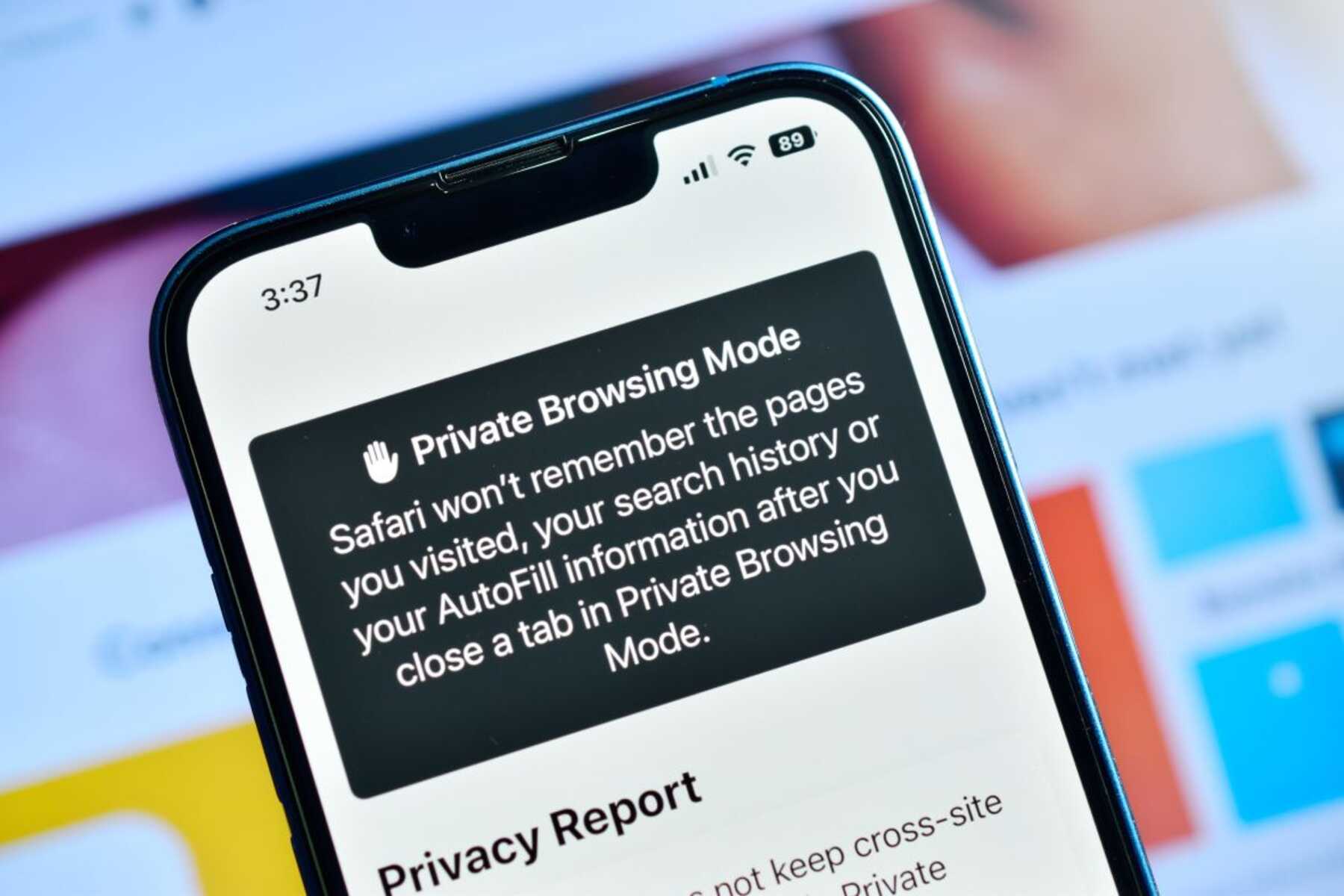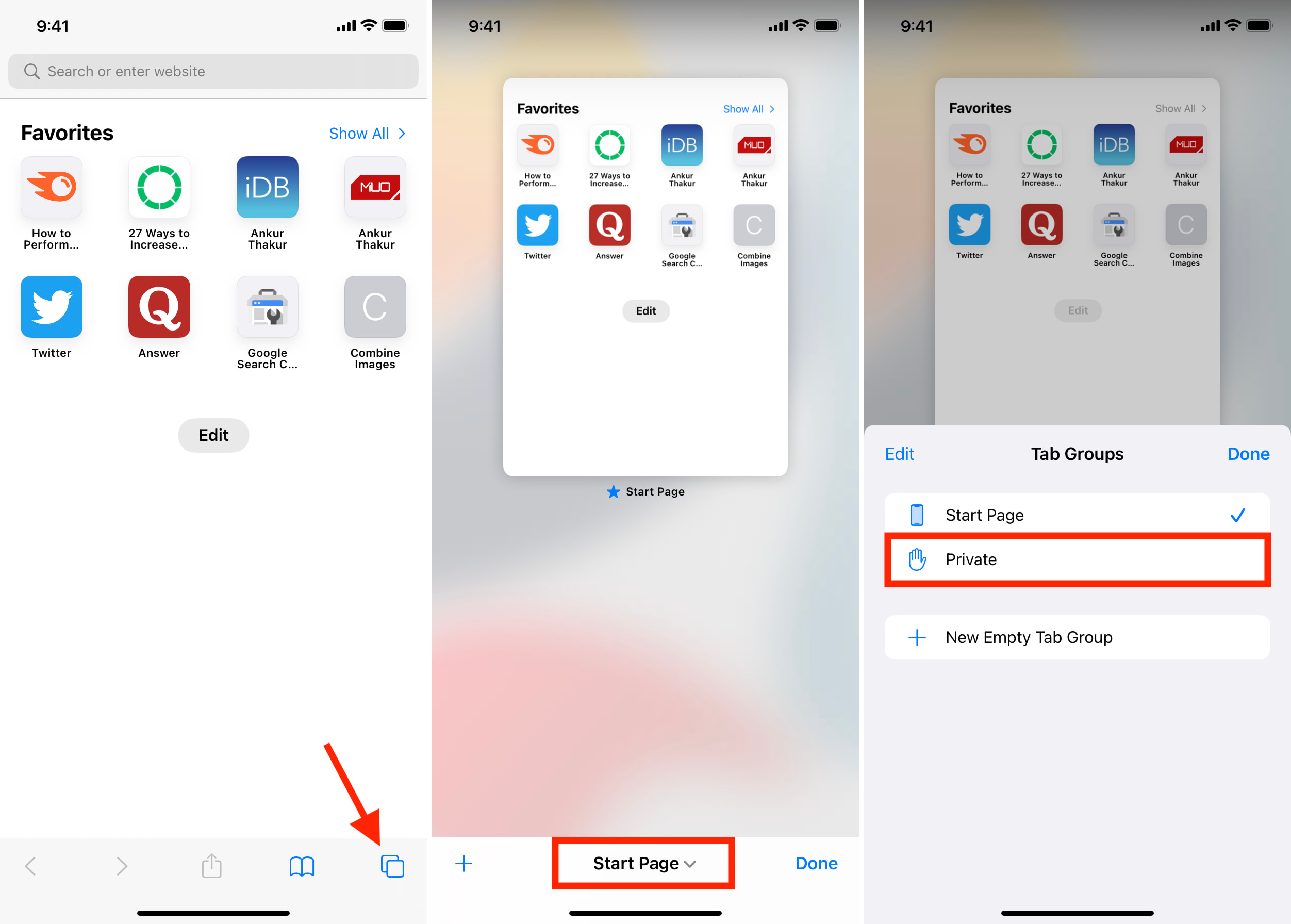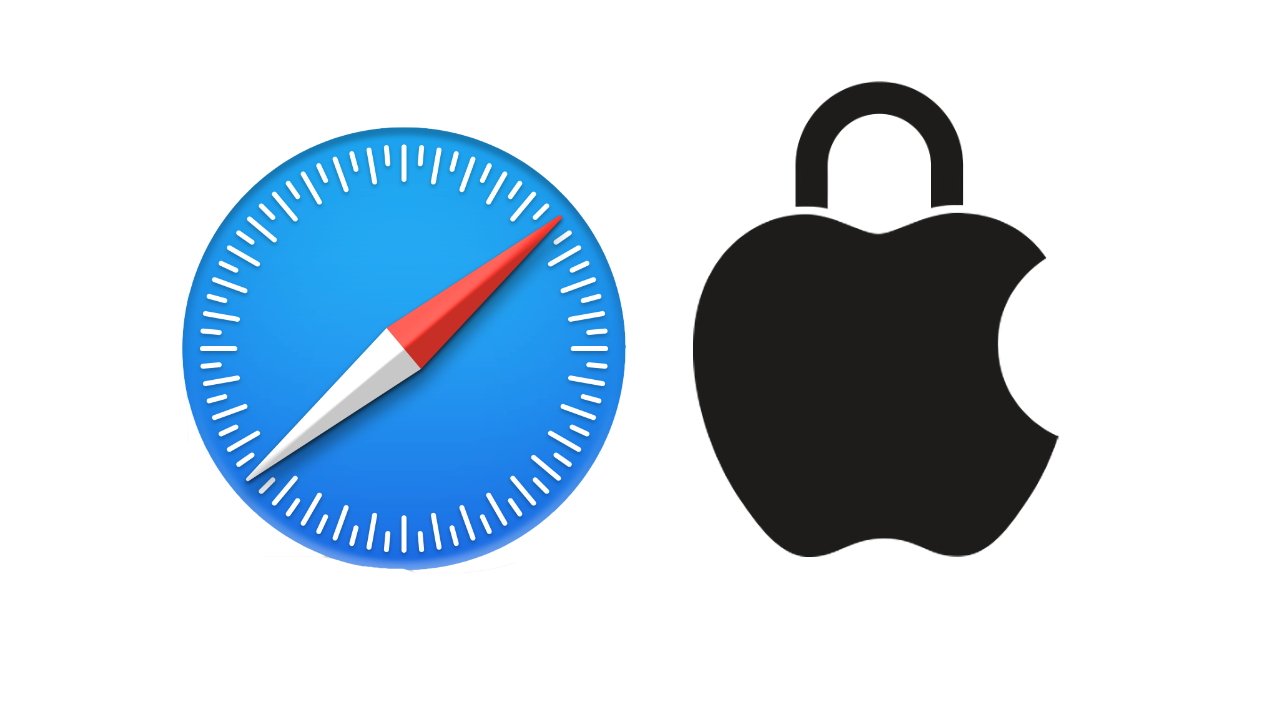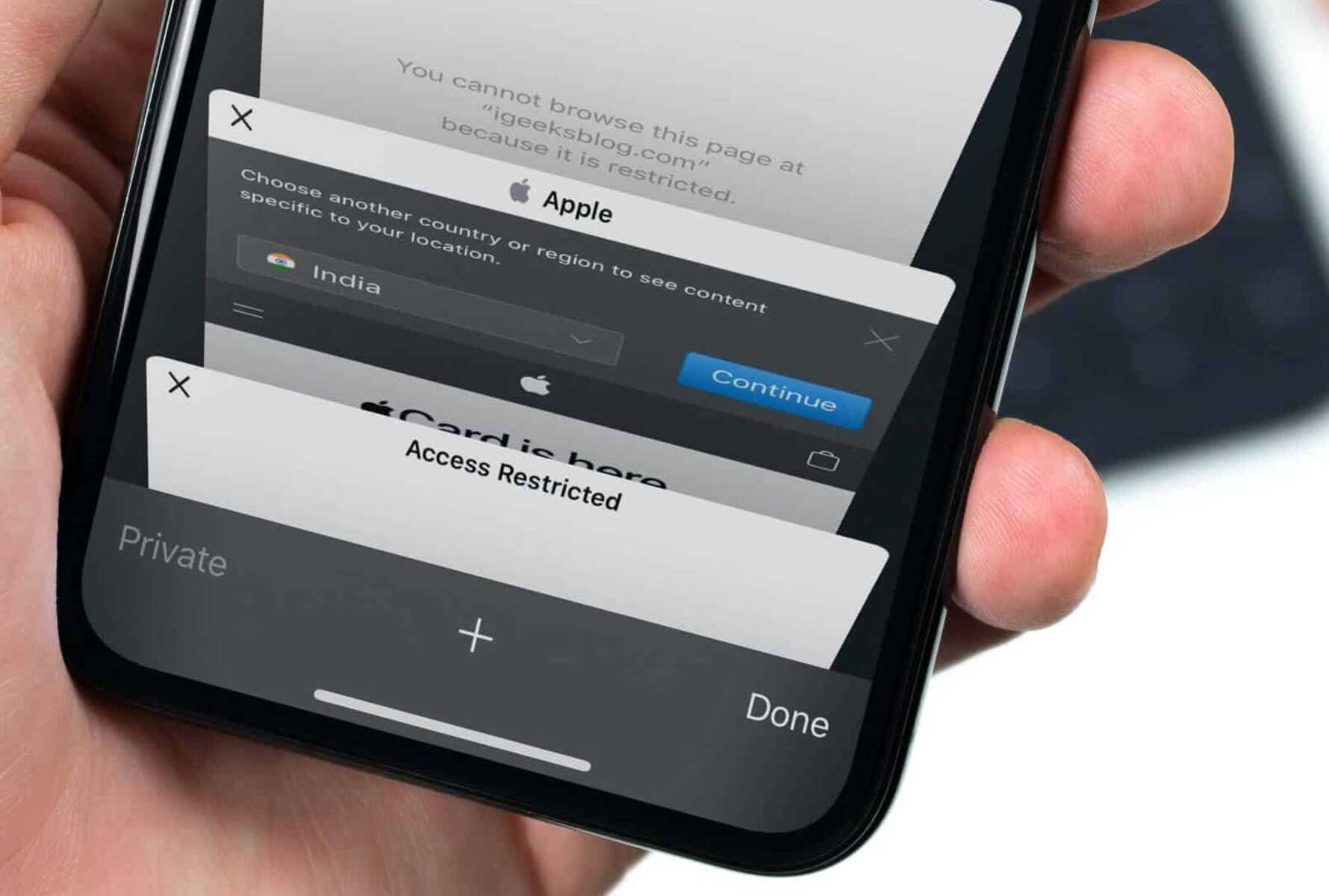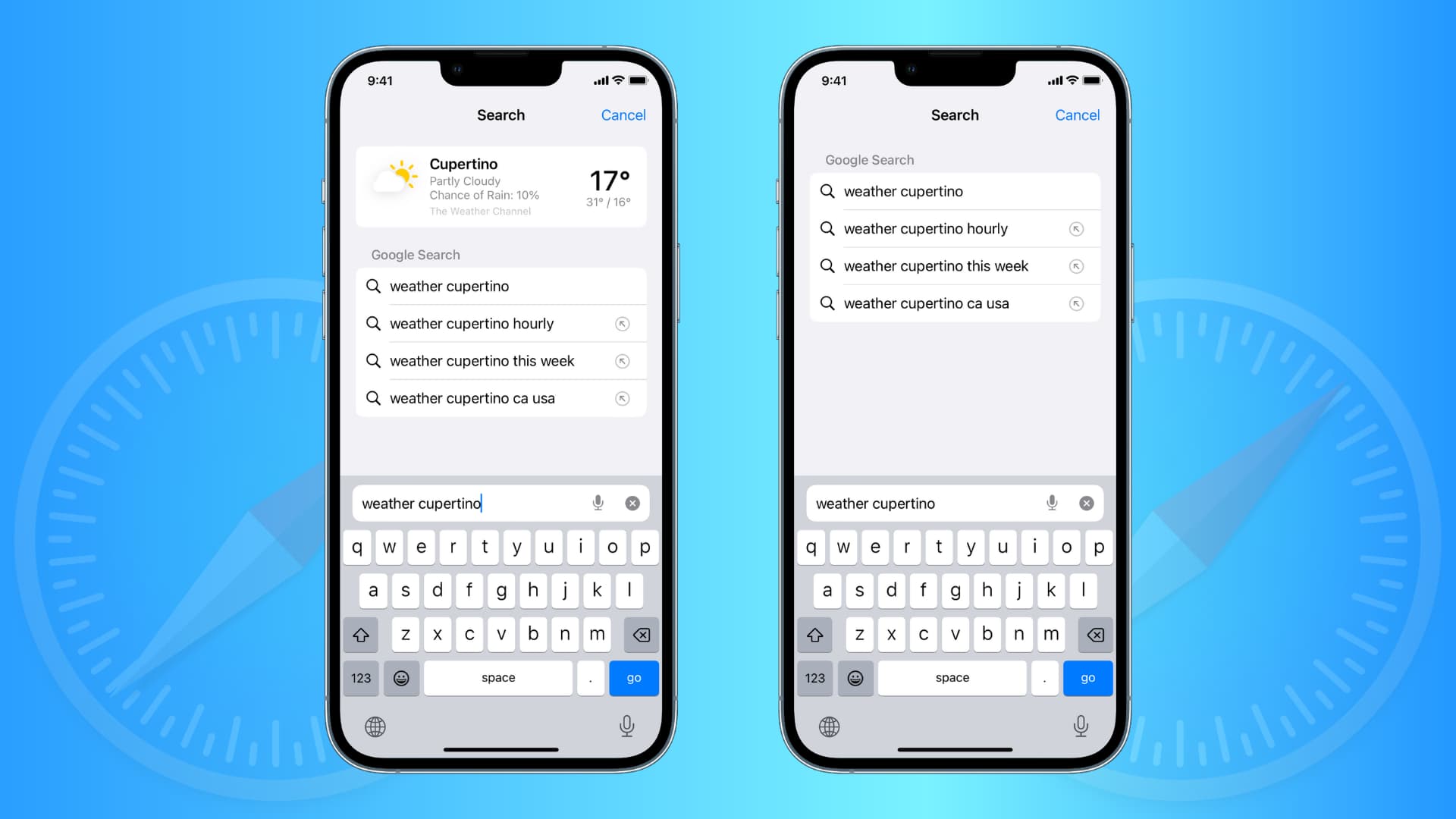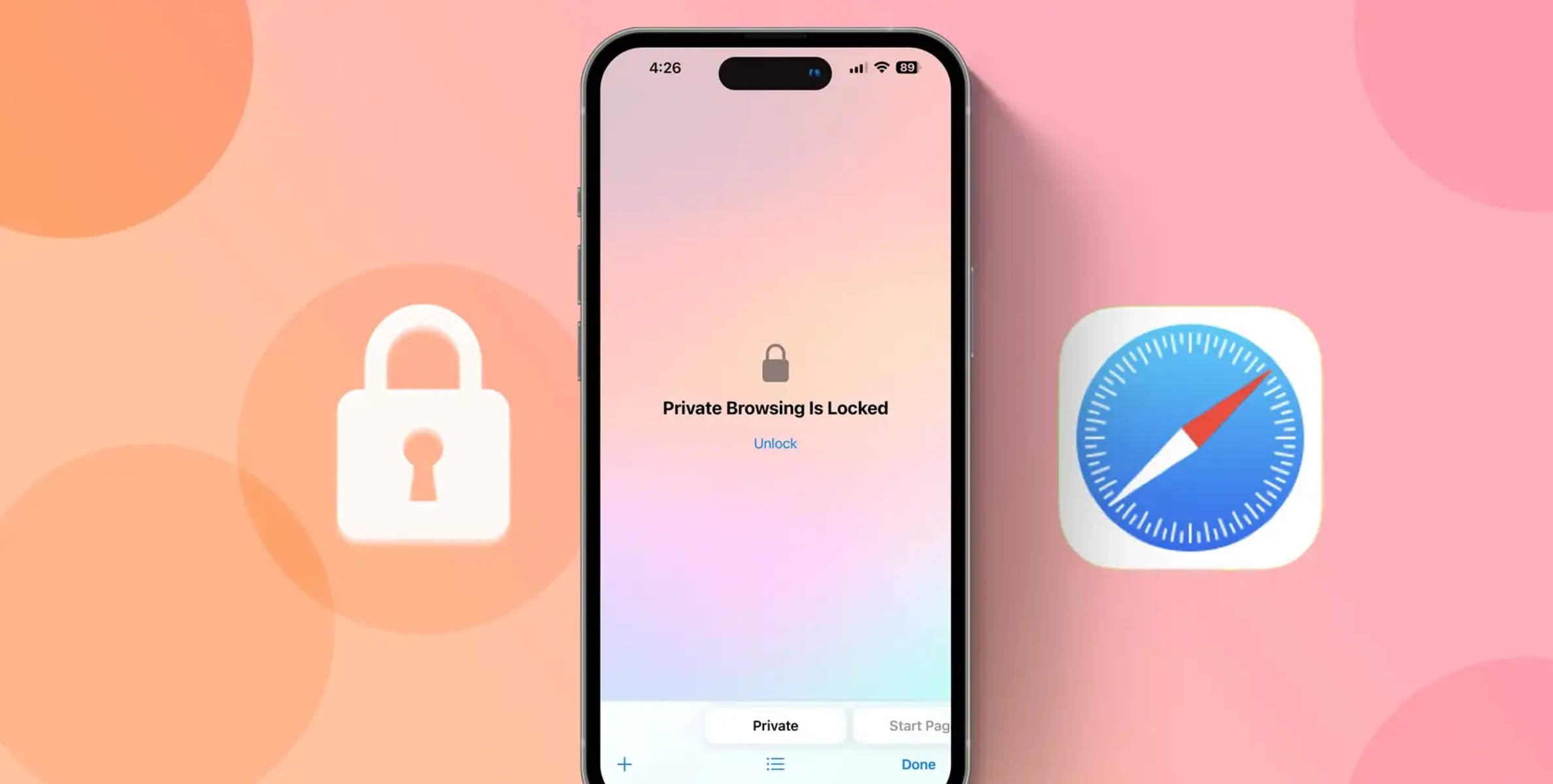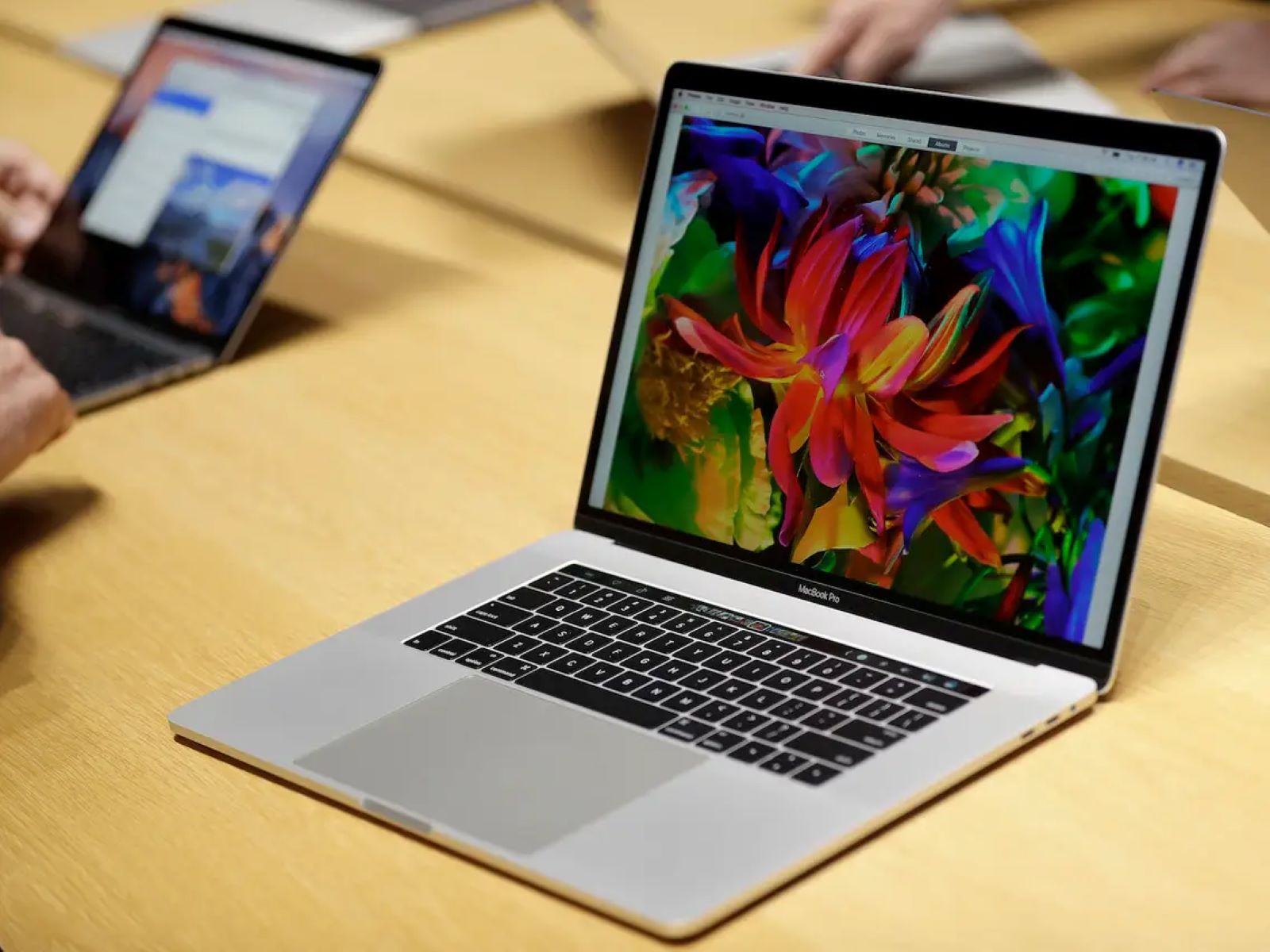Introduction
Private browsing has become a popular feature in web browsers, offering users a way to surf the internet without leaving a trail of their online activities. When it comes to Safari, Apple's widely used web browser, private browsing mode provides a secure and discreet way to explore the web. By activating this mode, users can prevent the browser from storing their browsing history, cookies, and other site data, ensuring a more private and secure online experience.
In this article, we will delve into the intricacies of Safari's private browsing mode, exploring its functionalities, limitations, and the benefits it offers to users. Whether you're concerned about maintaining your privacy while browsing the web or simply want to understand how private browsing works in Safari, this comprehensive guide will provide you with the insights you need to make the most of this feature.
As we navigate through the various aspects of Safari's private browsing mode, we will uncover the steps to enable this feature, shed light on the information that is not stored while in private browsing mode, and discuss the limitations that users should be aware of. Additionally, we will highlight the advantages of using private browsing in Safari, offering a clear understanding of how this feature can enhance your browsing experience.
By the end of this article, you will have a thorough understanding of Safari's private browsing mode, empowering you to make informed decisions about when and how to utilize this feature. Whether you're a seasoned Safari user or someone who is new to private browsing, this guide will equip you with the knowledge to leverage this functionality effectively, ensuring a more secure and private online experience.
How to enable private browsing in Safari
Enabling private browsing in Safari is a straightforward process that can be accomplished in just a few simple steps. Whether you're using Safari on a Mac, iPhone, or iPad, the method for activating private browsing remains consistent across these devices. Here's a step-by-step guide to enable private browsing in Safari:
On Mac:
-
Open Safari: Launch the Safari browser on your Mac.
-
Access the Menu: Click on the "Safari" menu located in the top-left corner of the screen.
-
Enable Private Browsing: From the drop-down menu, select "Private Browsing." A confirmation dialog will appear, asking if you want to enable private browsing. Click "Enable" to proceed.
-
Confirmation: Once private browsing is enabled, a new window will open with a dark background, indicating that you are now in private browsing mode.
On iPhone or iPad:
-
Launch Safari: Open the Safari app on your iPhone or iPad.
-
Tap Tabs Button: Tap the square icon in the lower-right corner of the screen to view your open tabs.
-
Enable Private Browsing: In the lower-left corner of the screen, tap "Private" to switch to private browsing mode. A confirmation prompt will appear, asking if you want to keep the current tabs or close them. Select your preference to proceed.
-
Confirmation: Once private browsing is activated, the interface will change to a dark theme, indicating that you are now browsing privately.
By following these simple steps, users can seamlessly enable private browsing in Safari, ensuring that their browsing activities are not stored in the browser's history or cookies. Whether you're using a Mac, iPhone, or iPad, Safari's private browsing mode offers a convenient way to browse the web without leaving behind a digital footprint of your online activities.
What information is not stored in private browsing mode
When you engage in private browsing mode in Safari, certain information is not stored, providing a more discreet and secure online experience. Here's a detailed look at the types of information that are not retained while browsing privately:
-
Browsing History: One of the primary features of private browsing is the exclusion of browsing history. When in private mode, Safari does not save the websites you visit to the browsing history. This means that once you close the private browsing window, there will be no record of the websites you accessed during that session.
-
AutoFill Information: Safari's AutoFill feature, which typically saves information such as usernames, passwords, and form data, is disabled in private browsing mode. This ensures that any data entered into web forms, including login credentials and personal details, is not stored by the browser.
-
Cookies and Cache: In private browsing mode, Safari does not retain cookies or cache data from websites you visit. Cookies, which are used to track user activity and preferences, are not stored, and the browser does not retain cached files, ensuring that your browsing activity remains isolated from your regular browsing session.
-
Search History: While in private browsing mode, Safari does not save your search history. This means that any searches conducted during a private browsing session will not be recorded or accessible once the private window is closed.
-
Downloads: Any files downloaded during a private browsing session are not saved to the Downloads folder. Once the private window is closed, the downloaded files are removed, further enhancing the privacy of the browsing session.
By excluding these types of information from being stored, Safari's private browsing mode offers users a heightened level of privacy and security while navigating the web. Whether you're conducting sensitive research, accessing personal accounts on shared devices, or simply seeking a more discreet browsing experience, the absence of these data points in private browsing mode ensures that your online activities remain confidential and leave minimal traces on your device.
Understanding the specific information that is not stored in private browsing mode empowers users to make informed decisions about when to utilize this feature, ensuring that their browsing sessions remain private and secure.
Limitations of private browsing in Safari
While private browsing mode in Safari offers valuable privacy features, it's important to be aware of its limitations. Understanding these constraints can help users make informed decisions about when to utilize private browsing and when to employ additional privacy measures. Here are the key limitations of private browsing in Safari:
-
No Protection from External Monitoring: Private browsing mode in Safari primarily focuses on preventing the browser from storing local data related to the browsing session. However, it does not shield users from external monitoring, such as network administrators, internet service providers, or website operators tracking online activities. Therefore, while private browsing can enhance local privacy, it does not provide complete anonymity from external entities.
-
Limited Protection on Shared Devices: When using private browsing on a shared device, it's essential to recognize that other users of the same device can still access your browsing activity through the router, DNS logs, or other means. Private browsing does not prevent other users of the device from monitoring the network traffic or accessing your online activities through alternative methods.
-
No Impact on Website Tracking: Private browsing mode does not block website tracking mechanisms such as cookies, fingerprinting, or tracking pixels. While it prevents the storage of cookies and site data locally, websites can still track user activity through other means, potentially compromising the privacy of the browsing session.
-
Limited Protection for Downloads: Any files downloaded during a private browsing session are not saved to the Downloads folder, as they are removed once the private window is closed. However, it's important to note that the act of downloading files itself is not entirely private, as network administrators or internet service providers may still have visibility into the downloaded content.
-
No Password Management: Private browsing mode does not offer password management features. While it prevents the storage of AutoFill information, users must still exercise caution when entering sensitive login credentials, as private browsing does not provide additional safeguards for managing passwords.
Understanding these limitations is crucial for users seeking to maintain a high level of privacy and security while browsing the web. By being aware of these constraints, individuals can make informed choices about when to use private browsing in Safari and when to implement supplementary privacy measures to enhance their online security and anonymity.
Benefits of using private browsing mode
Private browsing mode in Safari offers a range of benefits that cater to users seeking enhanced privacy, security, and convenience while exploring the web. By understanding the advantages of this feature, individuals can leverage private browsing to safeguard their online activities and personalize their browsing experiences. Here are the key benefits of using private browsing mode in Safari:
1. Enhanced Privacy:
Private browsing mode ensures that the browsing history, search history, and AutoFill information are not stored, providing a heightened level of privacy. This feature is particularly beneficial when users are accessing sensitive information or conducting research that they prefer to keep confidential.
2. Temporary Sessions:
Private browsing allows users to engage in temporary browsing sessions that do not impact their regular browsing activities. This is advantageous when individuals need to access accounts on shared devices, as private browsing prevents the storage of login credentials and browsing history, ensuring a discreet and temporary browsing experience.
3. Avoiding Personalization:
Private browsing mode prevents websites from tracking user activity through cookies and other site data, thereby avoiding personalized advertisements and content recommendations based on the user's browsing history. This benefit appeals to individuals who prefer a more neutral browsing experience without tailored content suggestions.
4. Testing and Troubleshooting:
Private browsing can be used for testing website functionality and troubleshooting issues related to cookies, cache, or login credentials. By isolating the browsing session from existing site data, users can identify and resolve website-related problems without interference from stored information.
5. Confidential Research:
For individuals conducting confidential research or exploring sensitive topics, private browsing mode offers a secure environment to gather information without leaving a trace in the browsing history. This benefit is particularly valuable for professionals, researchers, and individuals seeking discreet access to information.
6. Multiple Account Management:
Private browsing facilitates the management of multiple accounts on the same website without the risk of cross-account tracking or interference. Users can log into different accounts within separate private browsing windows, ensuring a distinct and isolated browsing experience for each account.
By leveraging these benefits, users can harness the power of private browsing mode in Safari to customize their online interactions, safeguard their privacy, and navigate the web with greater control over their digital footprint. Whether it's for personal privacy preferences, professional research, or troubleshooting website issues, private browsing mode offers a versatile and valuable tool for users seeking a more discreet and secure browsing experience.
Conclusion
In conclusion, Safari's private browsing mode serves as a valuable tool for users seeking enhanced privacy, temporary browsing sessions, and a more discreet online experience. By understanding how to enable private browsing in Safari, the types of information that are not stored, the limitations of this feature, and the benefits it offers, individuals can make informed decisions about when to utilize private browsing to safeguard their online activities.
Private browsing in Safari empowers users to engage in temporary browsing sessions without leaving behind a digital trail of their online activities. This feature is particularly beneficial for individuals accessing personal accounts on shared devices, conducting confidential research, or seeking a neutral browsing experience free from personalized content suggestions.
While private browsing mode offers valuable privacy features, it's important to recognize its limitations, including the lack of protection from external monitoring and website tracking mechanisms. Users should be mindful of these constraints and consider additional privacy measures when necessary to ensure a comprehensive approach to online security and anonymity.
Despite its limitations, private browsing mode in Safari provides a range of benefits, including enhanced privacy, the avoidance of personalized content, and the facilitation of multiple account management. Whether it's for confidential research, troubleshooting website issues, or managing multiple accounts, private browsing mode offers a versatile and valuable tool for users seeking a more discreet and secure browsing experience.
By leveraging the insights provided in this guide, individuals can harness the power of private browsing mode in Safari to customize their online interactions, safeguard their privacy, and navigate the web with greater control over their digital footprint. Whether it's for personal privacy preferences, professional research, or troubleshooting website issues, private browsing mode offers a versatile and valuable tool for users seeking a more discreet and secure browsing experience.







